In recent decades, urban biking has moved from a niche activity to a mainstream mode of transportation and recreation. Cities around the world are transforming their infrastructure, policies, and public perceptions to accommodate a cycling culture that is as much about healthy living and environmental responsibility as it is about urban mobility. In this blog post, we’ll explore the evolution of urban biking—from its early days as a utilitarian pastime to its current status as a vibrant, integral part of modern city life—and discuss what this means for the future of urban living.
A Brief History of Biking in Urban Settings
The Early Days: From Novelty to Necessity
Biking first emerged in the 19th century as a novel invention, with the earliest bicycles offering a glimpse of a future where personal mobility was unchained by horse-drawn carriages and cramped public transit systems. Initially, bicycles were seen primarily as recreational tools or luxuries for the well-to-do, but as industrialization took hold, they soon became essential for everyday commuting.
The early urban landscape was radically different. Cities were often congested, and public transport was either unreliable or too expensive for many citizens. The simplicity and affordability of the bicycle made it an attractive option. However, the lack of dedicated infrastructure meant that cyclists had to navigate busy streets alongside horses, carriages, and the occasional early automobile. Despite these challenges, the cycling movement gathered momentum—laying the groundwork for the bike-friendly cities we see today.
The Mid-20th Century: Decline and the Rise of the Automobile
Following World War II, the rapid expansion of the automobile industry brought significant changes to urban infrastructure. Cities were redesigned with car-centric planning, and biking became marginalized. Urban planning focused on highways, freeways, and vast parking lots, relegating cycling to an afterthought. This era witnessed a steep decline in bike usage in many parts of the world, as the convenience and status associated with owning a car became the norm.
While some enthusiasts continued to cycle for leisure and sport, the idea of biking as a daily mode of transportation was almost lost. The lack of safe bike lanes and increasing traffic dangers meant that only those with a particular passion for cycling persisted in their efforts. Ironically, this period laid the emotional groundwork for the modern bike advocacy movements—people remembered the benefits of biking and began to question the car-dominated urban design.
The Renaissance of Cycling in the Late 20th Century
The late 20th century brought a resurgence of interest in cycling. Environmental awareness, energy crises, and the rising costs of automobile ownership converged to create a perfect environment for a revival of the bicycle. Advocacy groups began to push for improved infrastructure, and cities gradually started installing bike lanes, bike racks, and dedicated cycling paths. Urban planners began to reexamine the role of public spaces, and biking reemerged as not only a mode of transportation but also a lifestyle statement.
As cities began to invest in cycling infrastructure, the benefits became evident. Reduced traffic congestion, improved public health, and lower pollution levels were just a few of the advantages. This resurgence wasn’t just limited to one region; across Europe, North America, and even Asia, urban biking began to gain ground. Cycling festivals, bike-to-work days, and community rides became common events, signaling a shift in public perception and policy.
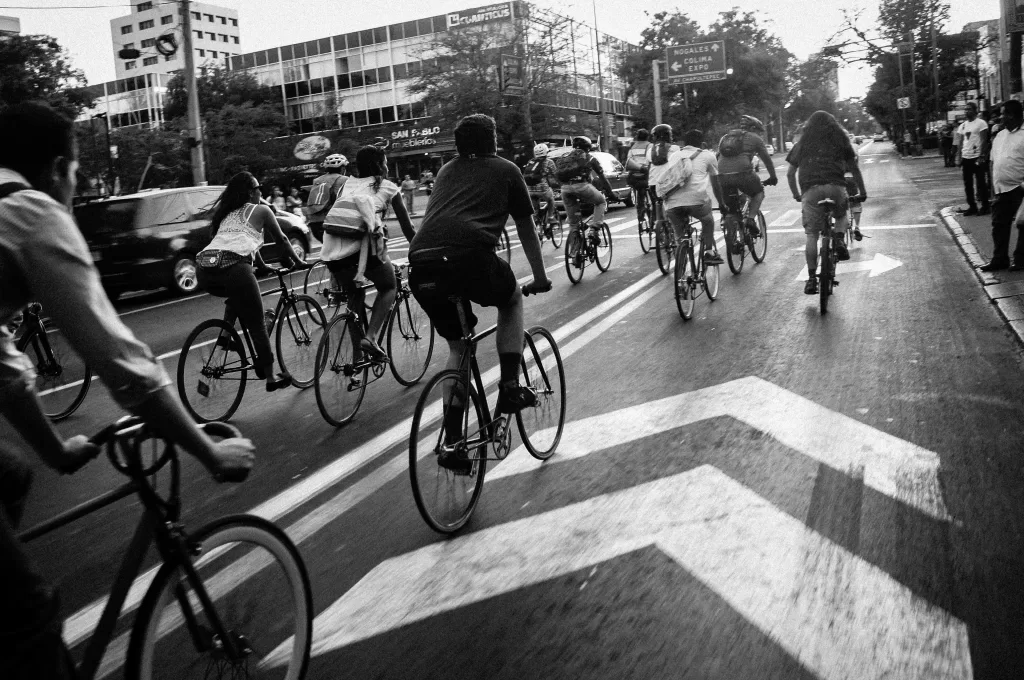
Modern Urban Cycling: Infrastructure, Policy, and Culture
Reimagining Urban Infrastructure
One of the most significant changes in urban biking over the past few decades has been the dramatic shift in infrastructure. Cities are now reimagining the urban landscape to integrate cycling as a primary mode of transportation. Dedicated bike lanes—often protected by physical barriers—ensure that cyclists can travel safely and efficiently, separated from the chaos of motor vehicles.
Urban planners are now working hand in hand with transportation experts and community advocates to create bike-friendly corridors that span the entire city. Initiatives such as “complete streets” encourage designs that accommodate all users—pedestrians, cyclists, motorists, and public transit riders alike. This holistic approach ensures that the city’s infrastructure serves everyone, promoting safety, accessibility, and sustainability.
Bike Lanes and Beyond
Today’s bike lanes are more than just painted lines on the road. In many cities, they are part of a broader network of bike paths that connect residential neighborhoods, commercial centers, and recreational areas. These networks allow cyclists to traverse cities without the constant risk of encountering fast-moving vehicles. Some urban centers have even introduced smart technologies—sensors and dynamic signage—that adjust to traffic conditions, further enhancing safety and efficiency.
The Role of Policy and Advocacy
The transformation of urban biking is not solely the result of better infrastructure—it is also a product of evolving policies and active community engagement. City councils and government agencies have increasingly recognized the value of cycling in reducing congestion, lowering emissions, and improving public health. As a result, policies supporting urban biking have proliferated.
Many cities have implemented initiatives that incentivize cycling. Tax breaks for cyclists, subsidies for bike purchases, and investments in bike-sharing programs are becoming more common. Bike-sharing systems, in particular, have revolutionized the way people interact with their cities. These programs allow residents and visitors to access a bicycle at a moment’s notice without the hassle of ownership. By making cycling accessible to everyone, cities are fostering a culture where biking is seen as a convenient and eco-friendly mode of transport.
Legal and Safety Reforms
Alongside infrastructural changes, legal reforms have played a crucial role in the evolution of urban biking. Laws designed to protect cyclists—such as lower speed limits in residential areas and stricter penalties for dangerous driving—have created a safer environment for riders. Furthermore, public awareness campaigns have educated drivers about sharing the road with cyclists, thereby reducing conflicts and accidents.
Advocacy groups have also been instrumental in these legal reforms. Organizations like the League of American Bicyclists, European Cyclists’ Federation, and countless local groups have lobbied governments to implement more cyclist-friendly laws. Their persistent efforts have not only led to tangible changes in policy but have also contributed to a shift in societal attitudes—one that increasingly values sustainable and active transportation.

Urban Design: Creating a Culture Around Biking
Urban design now increasingly reflects the importance of cycling. Cities are incorporating bike parking into new developments, ensuring that cyclists have safe, convenient places to lock up their bikes. Some urban centers have even established “bike boulevards,” where streets are optimized for slow-moving traffic and non-motorized vehicles, creating a more relaxed and enjoyable environment for riders.
Moreover, many cities are hosting events that celebrate biking culture. From mass community rides to cycling marathons and urban bike festivals, these events foster a sense of community and promote the benefits of cycling. Such initiatives help to normalize biking as a viable and attractive option for daily commutes and recreational activities alike.
Case Study: Amsterdam’s Cycling Culture
Amsterdam is often cited as the gold standard when it comes to urban biking. With more bicycles than residents, the city’s infrastructure is meticulously planned to support cycling in every aspect. Wide, protected bike lanes, extensive bike parking facilities, and a comprehensive network of cycling paths have turned Amsterdam into a living laboratory for urban biking. The city’s success is not merely due to its physical infrastructure but also its cultural embrace of cycling—a phenomenon that has inspired cities around the globe to rethink their urban transport systems.
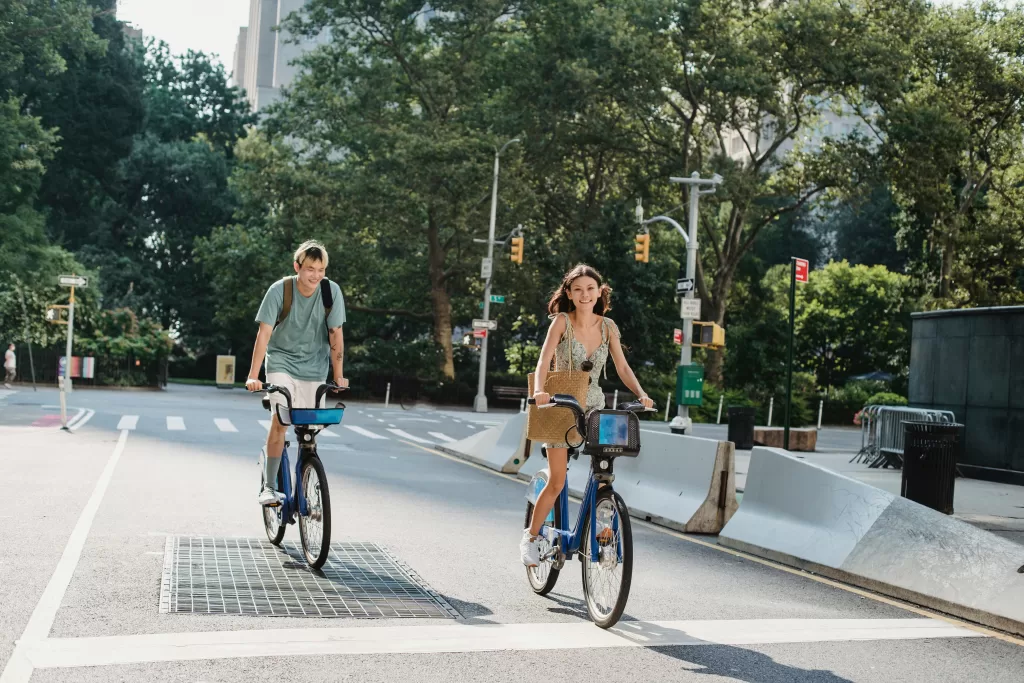
The Socio-Economic Impact of Urban Biking
Health Benefits and Public Wellness
The resurgence of urban biking has brought with it a host of health benefits. Regular cycling has been proven to improve cardiovascular health, boost mental well-being, and aid in weight management. Cities that encourage biking contribute to lower rates of chronic illnesses and a healthier, more active population. By reducing reliance on cars, urban biking also plays a critical role in cutting air pollution, which has a direct positive impact on public health.
Public wellness programs in many cities now incorporate cycling as a central component. Community fitness challenges, bike-to-work campaigns, and local cycling clubs help residents incorporate physical activity into their daily routines. These initiatives not only enhance individual health but also foster a sense of community and shared responsibility for the urban environment.
Economic Benefits: A Boost for Local Economies
Urban biking is also proving to be a boon for local economies. Cities with strong cycling cultures often see increased foot traffic in neighborhoods, leading to higher patronage of local businesses. Cafés, retail shops, and even small artisanal markets benefit when cyclists choose to explore their city on two wheels rather than being confined to the car. Moreover, reduced congestion and lower transportation costs can have positive ripple effects throughout the local economy.
Investments in bike infrastructure can generate economic returns by creating jobs in construction, urban planning, and tourism. Bike-sharing programs, in particular, have become a lucrative segment of urban transportation, attracting both domestic and international users. These programs not only provide a convenient transportation option but also generate revenue and stimulate further investments in sustainable urban development.
Environmental and Social Justice Considerations
Biking is inherently more sustainable than car-based transportation. With zero tailpipe emissions, bicycles help mitigate air pollution and reduce the overall carbon footprint of urban areas. In a time when climate change is a pressing global issue, urban biking represents a critical component of environmental stewardship.
Furthermore, promoting cycling can help address social equity concerns. Many low-income communities disproportionately suffer from the environmental and economic drawbacks of car-centric urban planning. By investing in affordable and accessible cycling infrastructure, cities can provide a low-cost, healthy alternative that benefits all citizens, regardless of income. This can lead to more equitable urban environments where every resident has the opportunity to lead a healthier, more sustainable lifestyle.
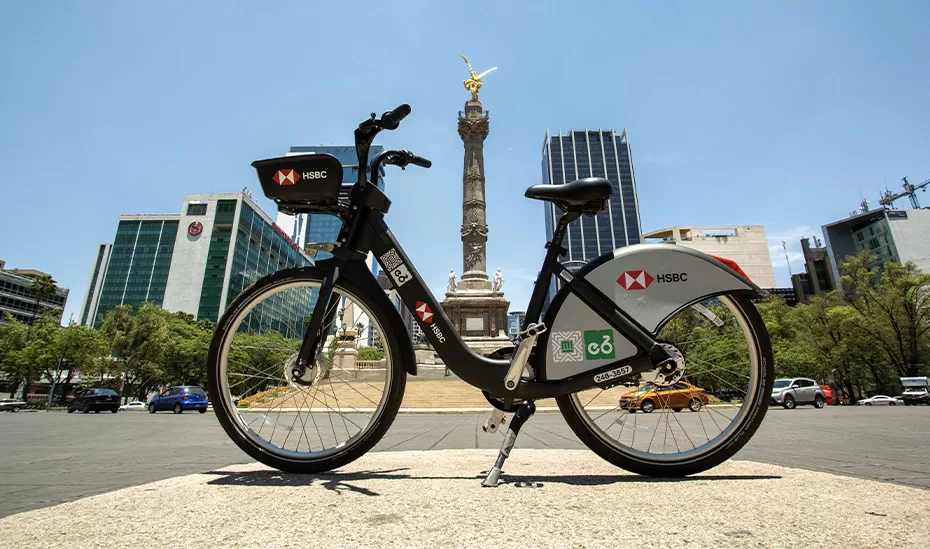
Transformative Technologies and the Future of Urban Cycling
The Role of Bike-Sharing and E-Bikes
One of the most exciting developments in urban cycling has been the advent of bike-sharing programs and electric bicycles (e-bikes). Bike-sharing systems, now found in cities across the globe, offer a flexible solution for short commutes and recreational rides. They are designed to integrate seamlessly with other forms of public transportation, offering a “last mile” solution that connects residents to broader transit networks.
E-bikes, on the other hand, are redefining what it means to cycle in urban settings. With the assistance of electric motors, riders can tackle longer distances and challenging terrains without excessive physical strain. This opens up biking to a wider demographic, including older adults and those with limited physical capabilities. The growing popularity of e-bikes is not only reshaping commuting patterns but also challenging traditional notions of what constitutes “cycling.”
Integrating Smart Technology and Data-Driven Design
As cities become smarter, so too does the world of urban biking. Many urban centers are now incorporating smart technologies into their bike infrastructure. Sensors embedded in bike lanes monitor traffic flow, while smart locks and mobile apps facilitate bike-sharing programs. Data-driven design allows urban planners to track usage patterns and optimize routes, ensuring that the cycling network evolves in response to real-world demands.
Future innovations may include adaptive traffic signals that change in real time to accommodate both cyclists and motor vehicles, as well as augmented reality (AR) apps that guide riders through the safest and most scenic routes. As technology continues to advance, the integration of smart systems with traditional urban planning will likely further elevate the cycling experience—making it safer, more efficient, and even more enjoyable.
The Vision for a Car-Free Future
Looking ahead, many urban planners and environmental advocates envision a future where cities are designed for people rather than cars. In this vision, the urban landscape prioritizes walking, biking, and public transit over automobile use. The implications for urban biking are profound: cities that are less congested, quieter, and cleaner can become truly livable spaces where community interactions flourish.
This vision is gradually becoming a reality in cities that have adopted ambitious plans to reduce car dependency. Initiatives like “15-minute cities” are designed so that all essential services—work, education, healthcare, and recreation—are accessible within a short walk or bike ride from home. Such a transformation not only makes daily life more convenient but also fosters a stronger sense of community and belonging.
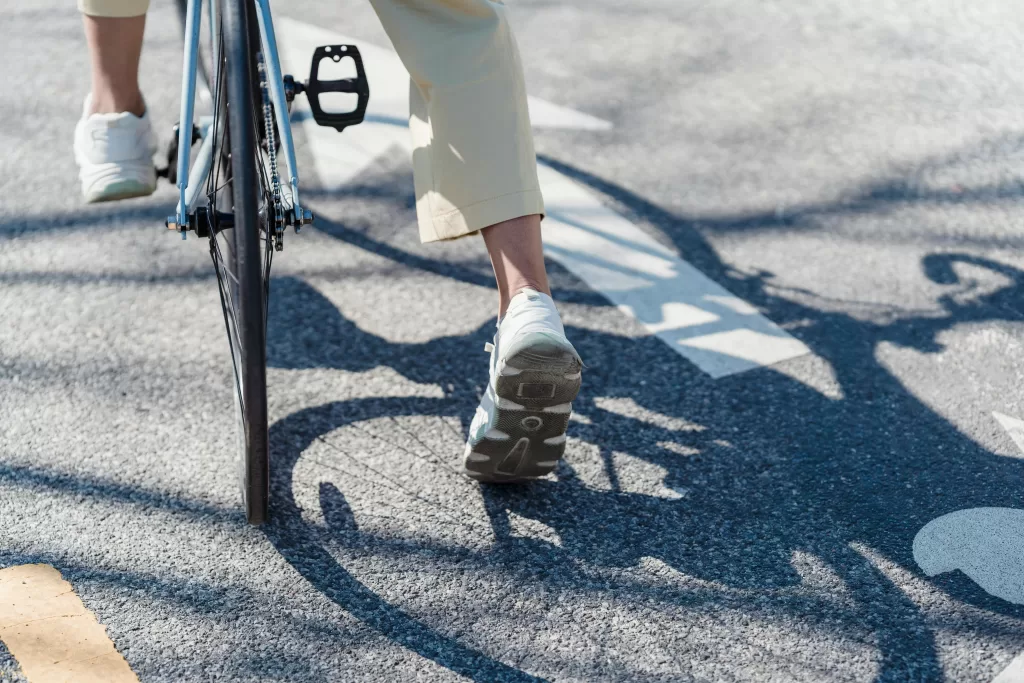
Personal Stories: How Urban Biking Changes Lives
Commuters Who Found a New Rhythm
For many urban dwellers, the switch to biking has been transformative. Consider the story of a young professional who swapped a daily car commute for a bike ride through the heart of the city. What started as an experiment in sustainability quickly evolved into a lifestyle change. The daily ride not only improved physical fitness but also provided a mental reset, offering moments of reflection and mindfulness in an otherwise hectic urban routine.
Cycling to work has allowed many to rediscover their city. Urban cyclists often speak of the freedom of bypassing gridlock, the joy of discovering hidden parks and local cafés, and the unexpected social interactions along bike paths. These personal stories underscore the broader cultural shift—urban biking is not merely about transportation but about enhancing the quality of life.
Community Bonds and the Rise of Cycling Groups
Another powerful aspect of urban biking is the sense of community it fosters. In many cities, local cycling groups and community rides are more than just exercise sessions—they are social events that bring together people of all ages, backgrounds, and experiences. These groups often organize rides that explore different parts of the city, advocate for better cycling infrastructure, and even provide support for newcomers to the cycling culture.
In neighborhoods that have embraced biking, community bonds have strengthened. Local businesses sponsor cycling events, schools encourage bike-to-school programs, and public spaces transform into hubs of activity during community rides. This collective effort helps break down social barriers and builds a more resilient, connected urban community.
Challenges and Opportunities Ahead
Overcoming Infrastructure Gaps
Despite significant progress, many cities still face challenges in becoming fully bike-friendly. In several urban centers, the existing infrastructure is inadequate to meet the growing demand for safe cycling routes. Gaps in bike lanes, poorly maintained roads, and limited connectivity between neighborhoods can discourage even the most enthusiastic cyclists. Addressing these gaps requires sustained investment, thoughtful planning, and the political will to prioritize sustainable transportation over short-term convenience.
Balancing Growth and Safety
As urban biking continues to gain popularity, cities must balance the rapid growth of cycling with the need to maintain safety. Increasing the number of cyclists on the road necessitates continuous improvements in both infrastructure and education. Cities need to ensure that drivers, pedestrians, and cyclists all understand how to share the road. Public awareness campaigns, enhanced law enforcement, and regular infrastructure reviews are essential components of this balancing act.
Harnessing Technology for Better Urban Mobility
Looking to the future, technology offers exciting opportunities to further enhance urban biking. From real-time tracking of bike usage to predictive maintenance for bike lanes, smart technology can help cities become more responsive to the needs of cyclists. Moreover, integrating data analytics into urban planning can ensure that new bike routes are strategically placed to maximize usage and safety. The challenge lies in implementing these technologies on a scale that benefits all residents, regardless of socio-economic status.
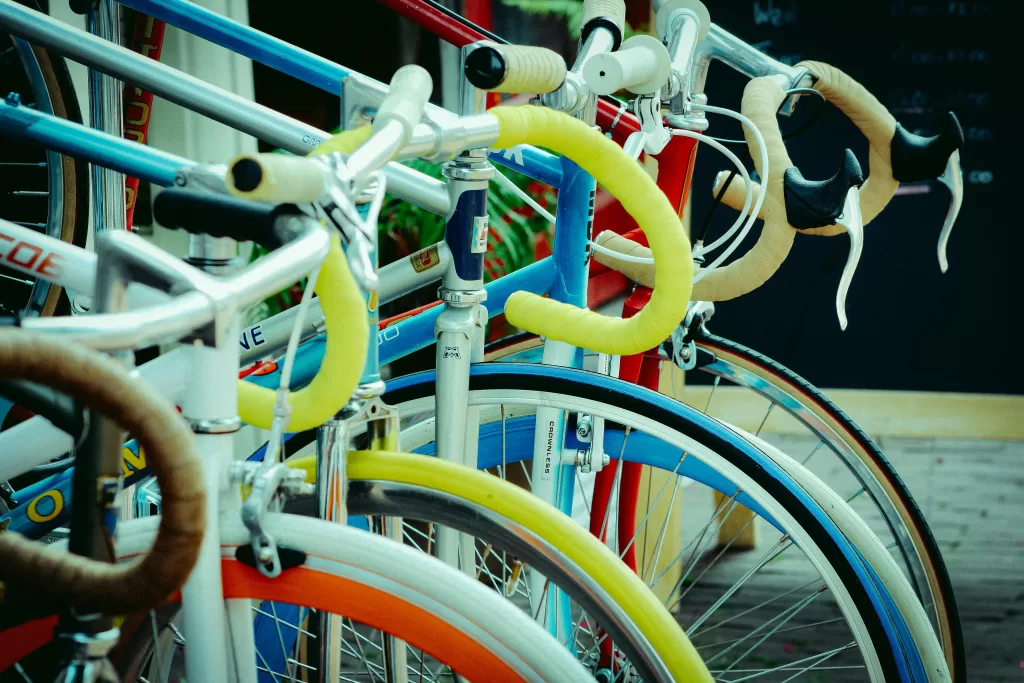
The Road Ahead: A Vision for Sustainable Urban Living
Redefining the Urban Experience
The evolution of urban biking is more than just a shift in transportation—it represents a fundamental redefinition of urban living. Cities are no longer viewed solely as centers of commerce and congestion but as dynamic environments where sustainability, health, and community coexist. Urban biking is at the forefront of this transformation, symbolizing a broader movement towards more livable, equitable, and environmentally friendly cities.
As urban planners, policymakers, and citizens work together to reshape the cityscape, the impact of these changes will be felt far beyond the realm of transportation. Reduced traffic congestion means less air pollution, which in turn leads to better public health outcomes. Safer streets encourage more social interaction, fostering a stronger sense of community and belonging. The shift towards biking and other forms of active transportation is paving the way for cities that prioritize people over cars—creating environments that are as nurturing as they are functional.
The Global Perspective: Lessons from Around the World
Cities around the world are leading the charge in transforming bike culture. From Copenhagen and Amsterdam to Portland and Beijing, the global perspective on urban biking offers valuable lessons. These cities have shown that with the right mix of infrastructure, policy, and community engagement, it is possible to create urban spaces where cycling is not just an option but a preferred way of life.
Each city’s approach is tailored to its unique cultural, economic, and geographic context. For instance, European cities tend to have a long tradition of cycling, which is reflected in their comprehensive networks of bike lanes and cycling education programs. Meanwhile, North American cities are catching up rapidly by investing in innovative bike-sharing systems and expanding their cycling infrastructure. By studying these diverse models, urban planners and policymakers can craft strategies that are both effective and adaptable to local needs.
Envisioning a More Inclusive Future
Perhaps the most transformative aspect of urban biking is its potential to promote inclusivity. A robust cycling culture can help bridge the gap between different segments of society by offering an affordable, healthy, and accessible mode of transportation. As cities continue to evolve, ensuring that biking infrastructure reaches all communities—especially those that have been historically underserved—will be paramount.
Initiatives aimed at integrating cycling into public health and education programs, subsidizing bike purchases for low-income residents, and expanding bike-sharing systems into every corner of the city are critical steps toward a more inclusive future. By democratizing access to sustainable transportation, urban biking can help create cities that are not only greener but also more equitable.
The evolution of urban biking is a story of innovation, resilience, and transformation. What began as a novel mode of transportation in the 19th century has blossomed into a vibrant culture that is reshaping our cities and our lives. Today’s urban biking movement is defined by a commitment to sustainability, public health, and community—a movement that challenges conventional notions of mobility and urban design.
Cities around the world are embracing this change, investing in infrastructure, reforming policies, and building communities that celebrate the benefits of cycling. As we look to the future, the continued growth of urban biking promises to redefine the urban experience. With advances in technology, smarter planning, and a renewed commitment to inclusivity, biking is poised to become the cornerstone of sustainable urban living.
The journey ahead is filled with challenges, from bridging infrastructure gaps to balancing rapid growth with safety. However, the opportunities are equally immense. Urban biking is not just a trend—it is a transformative movement that has the potential to revitalize our cities, promote healthier lifestyles, and foster stronger, more connected communities.
As you explore this evolving landscape, consider the role that each of us plays in shaping the future of our urban environments. Whether you are a daily commuter, a weekend adventurer, or a passionate advocate for sustainable living, your choice to embrace biking can make a difference. Together, we can build cities that are not only more efficient but also more vibrant, inclusive, and resilient.
In this era of rapid urbanization and environmental challenges, the bicycle stands as a symbol of hope and progress. It is a reminder that even in the midst of concrete jungles, there is room for green, healthy, and dynamic alternatives. The evolution of urban biking is a testament to human ingenuity—a reflection of our ability to reimagine the spaces we inhabit and to create cities that prioritize life over congestion.
Let this be an invitation to explore, to advocate, and to ride. Embrace the evolution of urban biking and join a movement that is not just transforming how we travel but also how we live, interact, and care for our urban spaces. The road ahead is open, and every pedal stroke is a step toward a brighter, more sustainable future.




